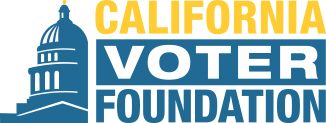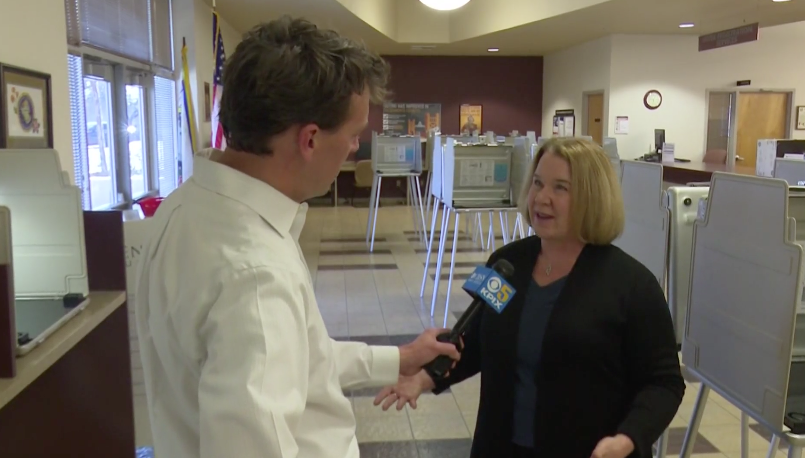Excerpts:
There may be plenty of second chances in life, but there are very few when it comes to voting — a bitter pill to swallow for those Californians who voted for any of the presidential candidates who dropped out before Tuesday’s statewide election.
The sudden exit from the race Sunday by Pete Buttigieg, former mayor of South Bend, Ind., sparked some brief interest on social media about the rules governing a possible revote. No doubt similar questions were raised by those who cast early absentee ballots for Tom Steyer, the billionaire climate change activist who left the race Saturday.
The answer, in a word: no. There’s no provision in California election law for a second chance once a ballot has been mailed or cast in person at a polling place or regional vote center.




